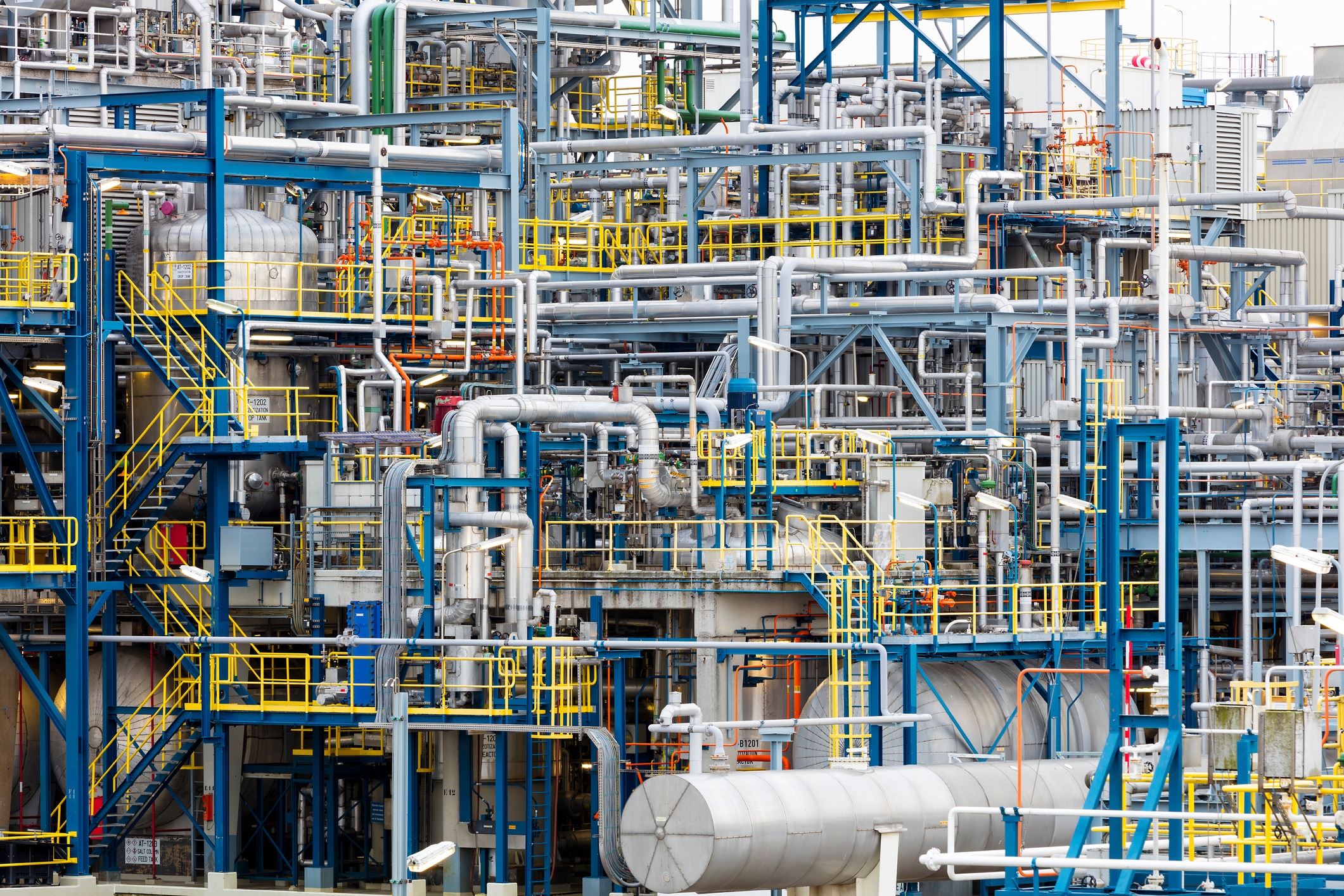Editor’s Note: During the month of March, we are focusing our attention on positive material identification (PMI) in the oil and gas industry.
Part 1 of this two-part article discussed a serious hazard encountered in the petroleum refining and petrochemical industries — catastrophic releases of gas due to pipe corrosion. Such mechanical failures are often caused by two types of corrosion of steel piping and equipment, either sulfidic corrosion or HF alkylation. In this post, we’ll explain what makes piping and equipment so susceptible to corrosion and why verifying the material composition of these pipes is the solution.
One study focusing on corrosion-related accidents in petroleum refineries in both the European Union (EU) and Organization for Economic Cooperation and Development (OECD) countries reports that the inadequacy of material composition was identified as the key component of failure in 9 of 99 significant refinery accidents. Other industry-reported data suggests a probability that as much as 3% of rogue material will make its way into the field as part of a final fabricated assembly, piping circuit, pressure vessel or other critical process equipment. Routes of entry as an inadvertent material substitution may have several undesirable paths of travel:
- Component manufacturer applies the incorrect material stamp to the finished part
- Fabricator uses unmarked, unknown material during the fabrication process (i.e. loose stock, drops, cutouts)
- Material traceability is not maintained during fabrication when multiple pieces are made from a single stock (i.e. gussets, lift lugs, stiffener rings, support clips, pipe pups, gasket rings)
- Warehouse stocks inventory in the wrong location and error gets carried forward
- Welder uses incorrect filler metal by selecting from wrong rod box, improper labeling or stocking of inventory or even borrowing weld rods from a fellow welder
- Welder or pipefitter selects the wrong component during fabrication process
- Integrity of the original mill test report (MTR) is compromised during the procurement and supply cycle as ownerships exchanges and data is transposed or even manipulated
- Maintenance occurring outside normal operating hours not subjected to typical QA/QC inspection practice
- Improper tagging or marking of materials during maintenance removal and lack of verification prior to re-installation.
Owner-users adopting a 100% positive material identification (PMI) practice for pressure containing components and welds for in-service equipment, new construction materials, or during maintenance activities can significantly reduce the likelihood of material mix-up and avoid the consequences of failure while mitigating corporate risk. In-situ alloy steel material verification using handheld x-ray fluorescence (HHXRF) is an accurate, inexpensive, and nondestructive PMI test method. HHXRF verifies that correctly purchased materials are received; confirms QA/QC for in-process fabrication; meets end user material requirements of outgoing products, and helps ensure that installed components and welds match the engineering design and application for which they are intended.
Aging infrastructure more often provides the challenge of “in-situ” or retro-PMI testing to confirm existing assets are fit for service. Typically this requires performing measurements at elevated temperatures under normal process operating conditions ranging from 200° F up to 900° F. Read Conducting Retroactive PMI Using the Thermo Scientific Niton XL5 XRF Analyzer to learn more about how this analyzer meets all of the demanding aspects of retro-PMI testing.






Leave a Reply